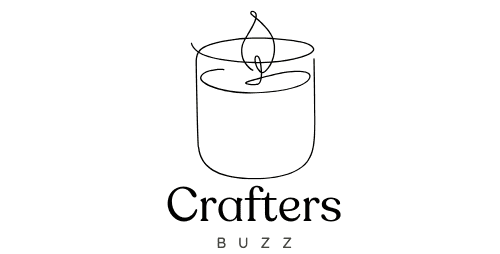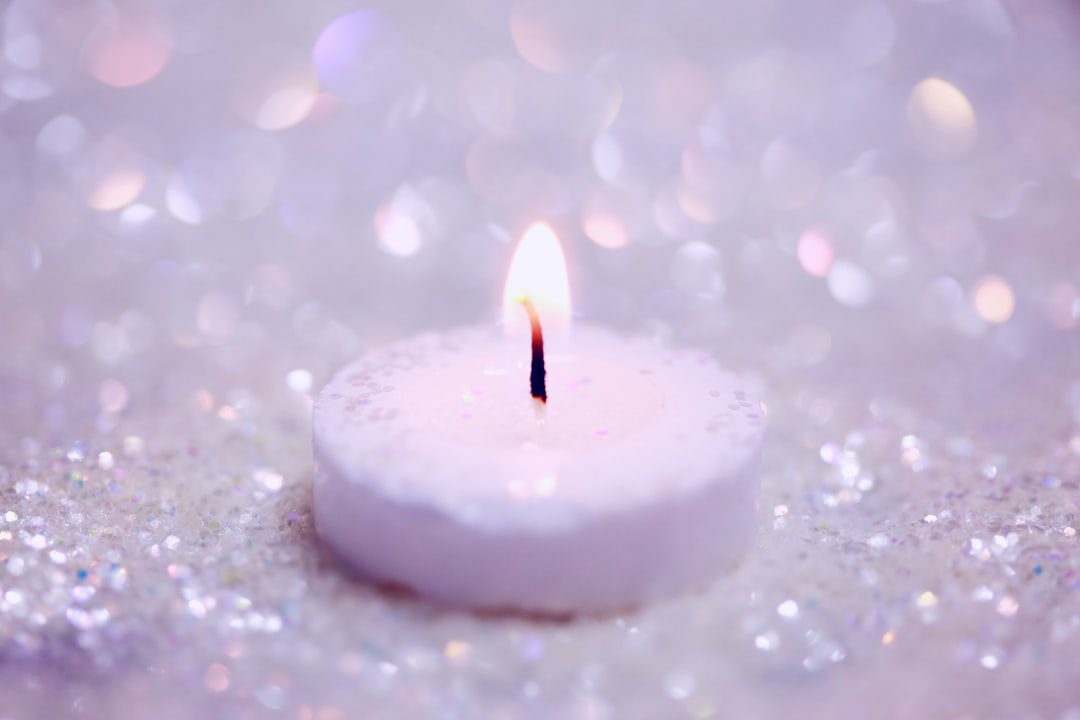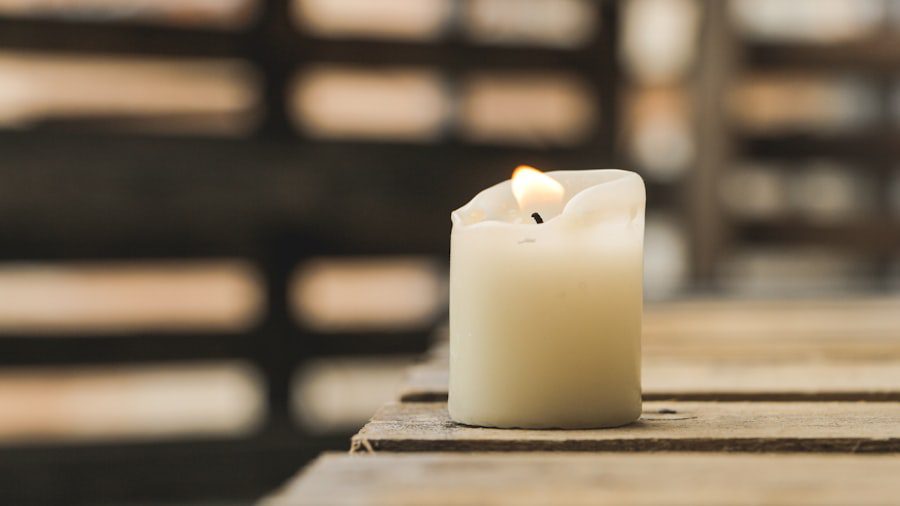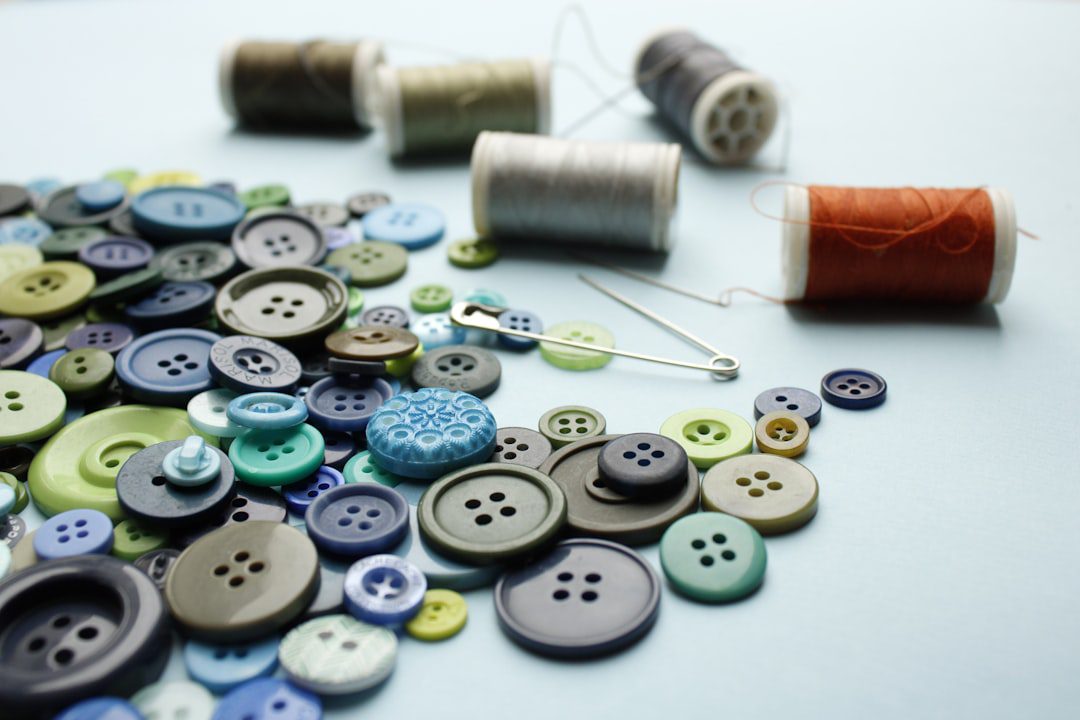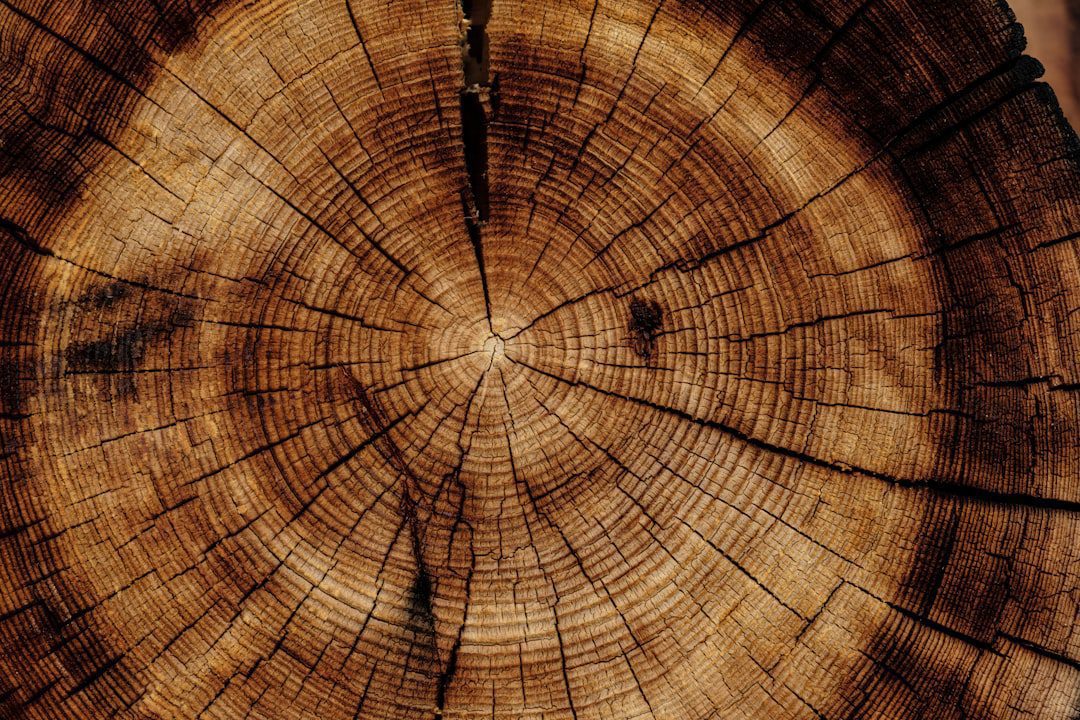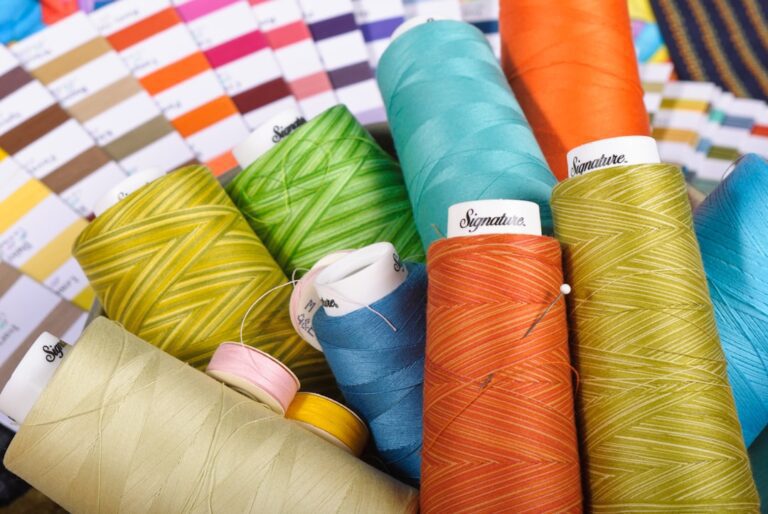How to use the double-wicking technique to improve candle burning performance.
The double-wicking technique is a method employed in candle making that involves using two wicks instead of one. This approach is particularly beneficial for larger candles, as it enhances the candle’s ability to burn evenly and efficiently. When a candle is double-wicked, it creates a wider melt pool, which allows for a more consistent release of fragrance and a more robust flame.
The dual wicks work in tandem to ensure that the wax melts uniformly, reducing the risk of tunneling—a common issue where the wax burns down the center, leaving a significant amount of unburned wax around the edges. Moreover, double-wicking can significantly improve the overall burn time of a candle. With two wicks, the heat generated is greater, which can lead to a more thorough melting of the wax.
This not only maximizes the use of the wax but also enhances the candle’s aesthetic appeal as it burns. The technique is particularly popular among candle makers who aim to create larger candles or those with intricate designs that require a more controlled burn. Understanding the mechanics behind double-wicking is essential for anyone looking to elevate their candle-making skills and produce high-quality products.
Selecting the Right Type of Wick for Double-Wicking
Choosing the appropriate wick is crucial when employing the double-wicking technique. The type of wick selected can significantly influence the candle’s performance, including its burn rate, flame height, and scent throw. Generally, wicks are made from various materials such as cotton, wood, or a combination of both.
Cotton wicks are often favored for their ability to produce a steady flame and are available in different sizes and thicknesses. For double-wicked candles, it is essential to select wicks that are compatible with each other to ensure they burn at similar rates. In addition to material, wick size plays a pivotal role in achieving optimal performance.
A wick that is too large may produce an excessively high flame, leading to soot production and an uneven burn. Conversely, a wick that is too small may struggle to maintain a consistent flame, resulting in poor scent throw and an unsatisfactory burn experience. Candle makers often experiment with different wick sizes and types to find the perfect combination for their specific wax blend and candle design.
For instance, if using soy wax, which has a lower melting point than paraffin, selecting a wick that can accommodate this characteristic is vital for achieving a successful double-wicked candle.
Preparing the Candle for Double-Wicking
Preparation is key when it comes to successfully implementing the double-wicking technique. Before pouring the wax into the mold or container, it is essential to ensure that all materials are ready and that the workspace is organized. This includes measuring out the wax and fragrance oils accurately, as well as preparing the wicks.
The wicks should be trimmed to the appropriate length based on the height of the container or mold being used. Additionally, it is advisable to pre-wax the wicks by dipping them into melted wax and allowing them to cool. This process helps to prime the wicks, ensuring they burn more evenly once the candle is lit.
Another critical aspect of preparation involves securing the wicks in place before pouring in the wax. This can be achieved using wick holders or adhesive tabs designed specifically for candle making. Properly positioning the wicks ensures they remain centered and upright during the pouring process, which is vital for achieving an even burn later on.
If the wicks are not secured correctly, they may lean or shift as the wax cools, leading to an uneven burn pattern. Taking these preparatory steps seriously can make a significant difference in the final product’s quality and performance.
Placing the Wicks in the Candle
Once the preparation phase is complete, it’s time to place the wicks into the candle container or mold. The positioning of the wicks is crucial for achieving an optimal burn and ensuring that both wicks work harmoniously together. Typically, wicks should be spaced evenly apart to create a balanced flame and melt pool.
A common practice is to place them approximately one-third of the way from each side of the container’s diameter. This spacing allows for adequate airflow between the flames while maximizing heat distribution across the wax surface. When inserting the wicks, it’s important to ensure they are straight and centered within the container.
Any deviation from this can lead to uneven burning and may cause one wick to extinguish prematurely while the other continues to burn brightly. To assist with this process, many candle makers use wick centering tools or devices that hold the wicks in place while pouring in the wax. These tools help maintain proper alignment and prevent any movement during the cooling process, which is essential for achieving a well-formed candle.
Lighting and Maintaining Double-Wicked Candles
Once your double-wicked candle has cooled and solidified, it’s time to light it up and enjoy its ambiance. When lighting a double-wicked candle for the first time, it’s advisable to allow both wicks to catch fire simultaneously. This ensures that both flames reach their optimal height quickly and begin working together to create an even melt pool.
It’s important to monitor how both wicks perform during this initial burn; if one wick appears to be struggling or flickering excessively, adjustments may need to be made in future batches. Maintaining double-wicked candles involves regular trimming of the wicks to about one-quarter inch before each use. This practice helps prevent excessive soot production and ensures that both flames remain stable throughout their burn time.
Additionally, it’s essential to allow each burn session to last long enough for a full melt pool to form—typically around two hours for larger candles—to avoid tunneling and ensure an even burn in subsequent uses. By following these maintenance tips, you can enhance your candle’s longevity and overall performance.
Troubleshooting Common Issues with Double-Wicked Candles
Despite careful planning and execution, issues can arise when working with double-wicked candles. One common problem is uneven burning, where one wick burns faster than the other or one wick extinguishes while the other continues to burn brightly. This can often be attributed to improper wick sizing or placement; if one wick is too large or too small compared to its counterpart, it may lead to discrepancies in burn rates.
To troubleshoot this issue, candle makers should experiment with different wick sizes or adjust their placement within the container. Another frequent issue encountered with double-wicked candles is excessive soot production. This can occur when wicks are too long or when there is insufficient airflow between them.
To mitigate this problem, regular trimming of wicks before each use is essential. Additionally, ensuring that both wicks are adequately spaced apart can help improve airflow and reduce soot formation during burning. If soot continues to be a problem despite these adjustments, it may be worth considering alternative wick materials or blends that are known for producing cleaner burns.
Benefits of Using the Double-Wicking Technique
The double-wicking technique offers numerous advantages that make it an appealing choice for both amateur and professional candle makers alike. One of the most significant benefits is improved scent throw; with two wicks working together, more fragrance oil is released into the air compared to single-wicked candles. This enhanced scent distribution can create a more immersive experience for users, making double-wicked candles particularly popular for scented varieties intended for larger spaces.
Additionally, double-wicked candles tend to have longer burn times due to their ability to create a wider melt pool. This means that users can enjoy their candles for extended periods without worrying about uneven burning or wasted wax. Furthermore, double-wicked candles often exhibit a more visually appealing flame display; two flames dancing together can create an inviting atmosphere that enhances any setting.
These benefits make double-wicking an attractive option for those looking to elevate their candle-making endeavors.
Safety Precautions for Double-Wicked Candles
While double-wicked candles offer many advantages, safety should always be a top priority when using them. One critical precaution involves ensuring that both wicks are trimmed properly before lighting; longer wicks can lead to larger flames that may pose a fire hazard if left unattended. It’s also essential to place candles on stable surfaces away from flammable materials and drafts that could cause flickering flames or accidental tipping.
Another important safety measure involves monitoring burning times; never leave candles unattended while lit and extinguish them after several hours of continuous use—typically around four hours—to prevent overheating or excessive soot buildup. Additionally, always allow candles to cool completely before handling them again; this helps prevent burns or accidents caused by hot wax or containers. By adhering to these safety precautions, users can enjoy their double-wicked candles while minimizing risks associated with candle use.
If you’re interested in improving your candle making skills, you may also want to check out this article on pouring pots in controlled candle making. This article provides valuable tips and techniques for creating high-quality candles. By mastering the art of controlled pouring, you can ensure that your candles burn evenly and efficiently. Additionally, you may find this article on floating candles step-by-step centerpiece guide helpful for creating beautiful and unique candle centerpieces. Whether you’re a beginner or an experienced crafter, these articles offer valuable insights into the world of candle making.
FAQs
What is the double-wicking technique for candles?
The double-wicking technique involves using two wicks in a single candle to improve its burning performance. This technique is used to create a more even burn, reduce tunneling, and increase the scent throw of the candle.
How does the double-wicking technique improve candle burning performance?
The double-wicking technique helps to create a more even burn by allowing the wax to melt more evenly across the surface of the candle. This can reduce tunneling and ensure that the candle burns all the way to the edges, maximizing the amount of fragrance released.
When should the double-wicking technique be used?
The double-wicking technique is particularly useful for larger candles, such as those with a diameter of 3 inches or more. It can also be beneficial for candles made with certain types of wax that may be prone to tunneling or uneven burning.
Are there any downsides to using the double-wicking technique?
While the double-wicking technique can improve burning performance, it can also lead to a faster burn rate and potentially create a larger flame. It’s important to monitor the candle while burning to ensure that it is not producing excessive heat or soot.
How can I use the double-wicking technique for my candles?
To use the double-wicking technique, simply place two wicks in the center of the candle before pouring the wax. It’s important to space the wicks evenly and ensure that they are properly secured to the bottom of the container to prevent them from moving during burning.
